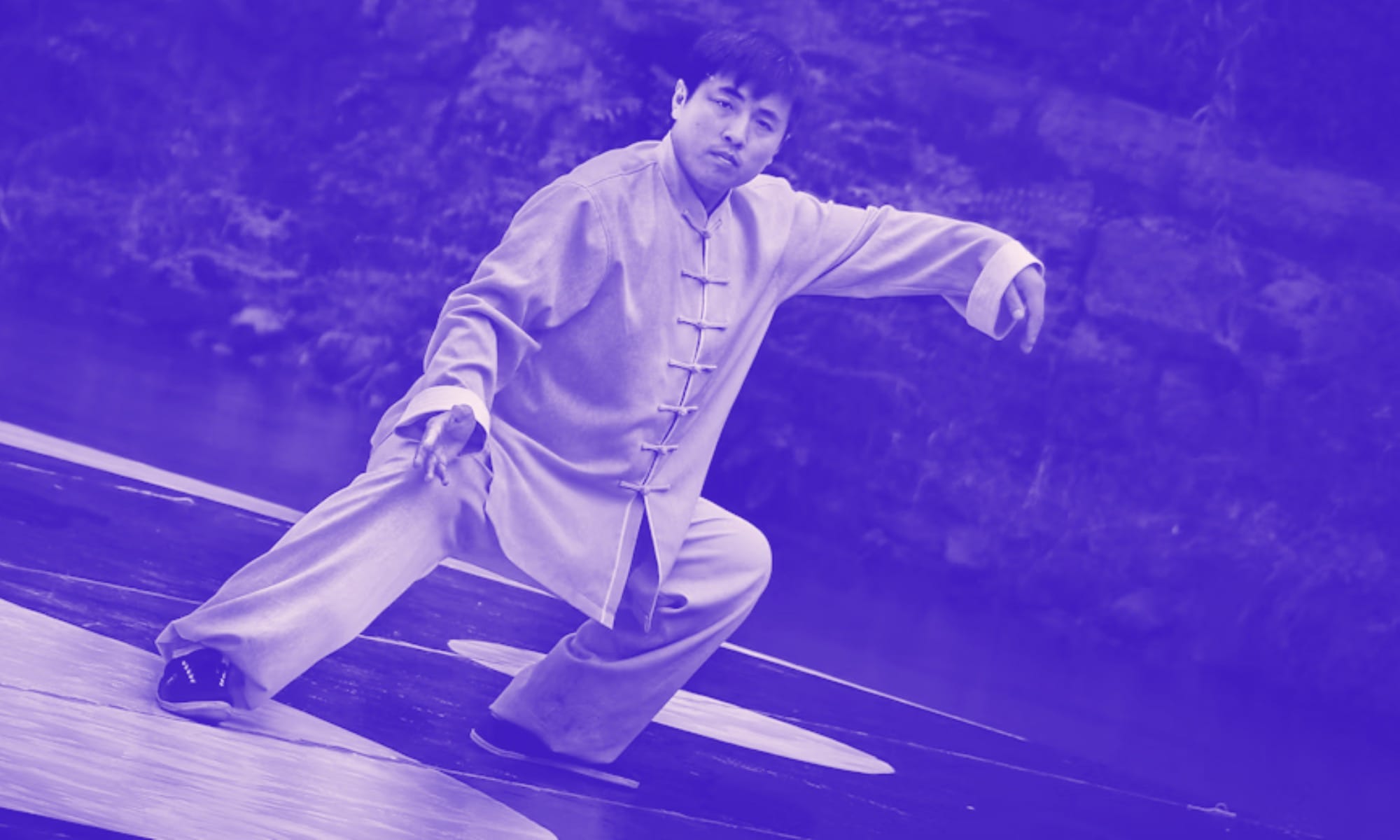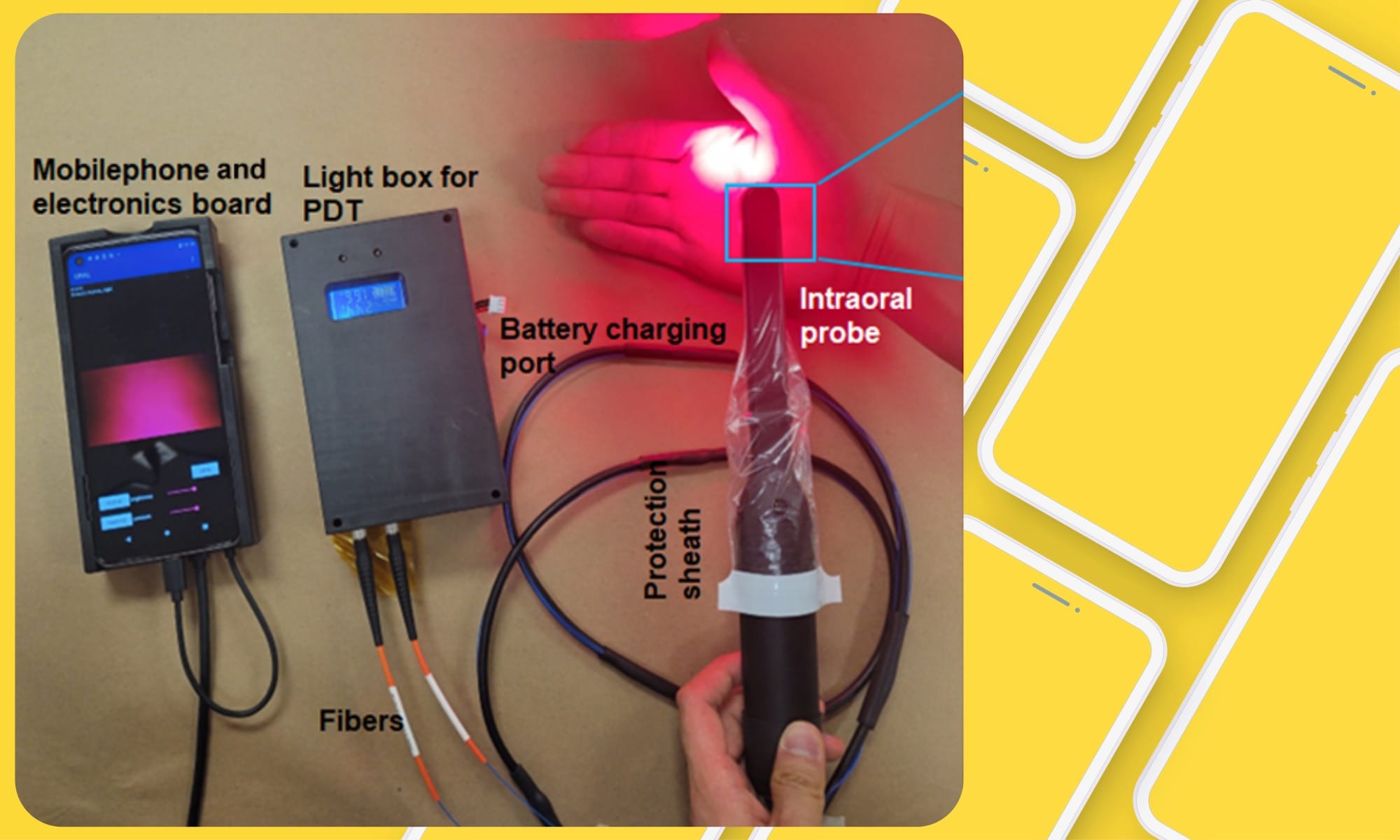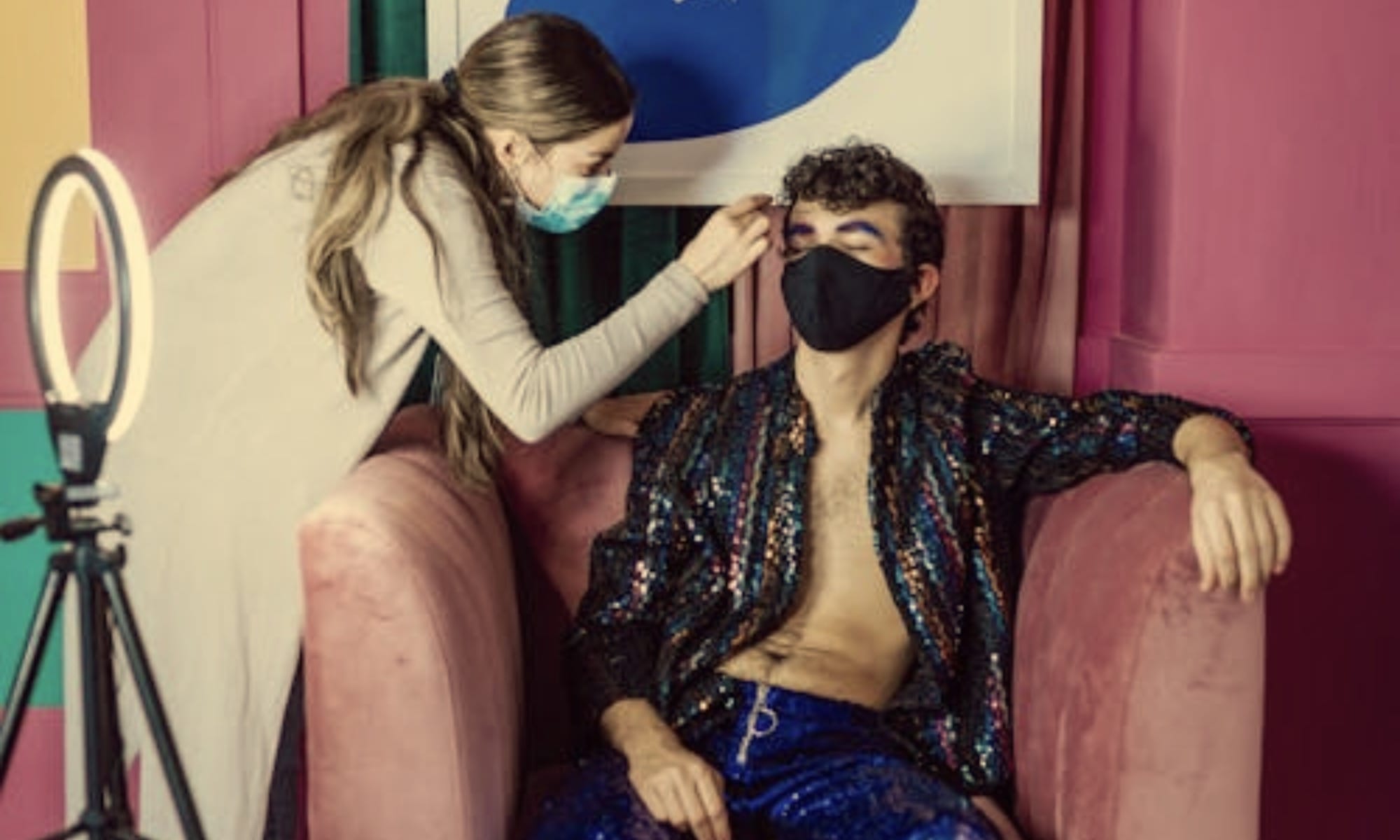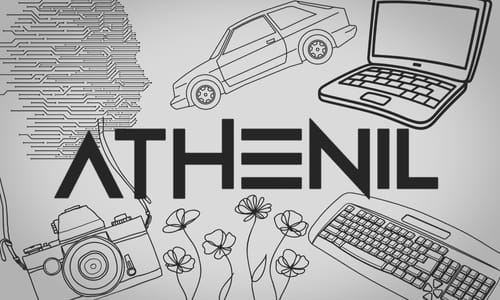Hello folks. It's wennsday, innit?
Here we go with your daily tech dose. Elon Musk's love for dick... erm... dick jokes... continues to penetrate his corporate ambitions. The geofenced map for Tesla's robotaxis looks like a gigantic member, and it's almost definitely not a coincidence.
Scientists have cracked the code for super-bright display panels that will make your phone and TV shine a few dozen times brighter. In another related news, a bunch of scientists have created a phone-based scanner for detecting and healing oral cancer. India really needs a solution like this.
Another study says staying alone literally shrinks your brain. And for the insomniacs among us, scientists suggest walking, jogging, yoga, or even some good 'ol Tai Chi while channeling your inner Donnie Yen aka Ip Man!
Tesla's robotaxi is dickriding. No, really!

Tesla has recently expanded the operational area for its Robotaxis in Austin, creating a geofence map that has garnered significant attention online due to its suggestive shape.
It's a literal pee-pee
The outline, which many have pointed out resembles male genitalia, has led to speculation that Tesla CEO Elon Musk intentionally designed it this way, given his history of provocative humor on social media. Musk himself fueled the discussion by quote-tweeting a video of the map with the phrase "bigger, longer, and uncut."
Harder, Better, Faster, Stronger pic.twitter.com/t7grvsIJKg
— Tesla Robotaxi (@robotaxi) July 14, 2025
- The expanded geofence for Tesla's Austin Robotaxis now entirely covers the service area of Google's Waymo driverless cab service.
- Elon Musk has a documented history of making suggestive jokes and comments on X (formerly Twitter).
- The expansion follows a trend of rapid, though sometimes criticized, scaling of Tesla's self-driving technology.
Suffer from sleeplessness? Walk, jog, or do some martial arts

A recent meta-analysis published in BMJ Evidence Based Medicine suggests that certain exercises, specifically yoga, Tai Chi, walking, and jogging, may be highly effective in improving sleep quality and alleviating insomnia.
This comprehensive review supports the integration of exercise as a primary treatment strategy for sleep disturbances, which are associated with various health risks including dementia and cardiovascular disease. The findings aim to fill a knowledge gap in current guidelines, offering specific exercise recommendations for managing insomnia.
- Yoga may significantly increase total sleep time by nearly 2 hours and improve sleep efficiency by almost 15%.
- Tai Chi demonstrated improvements across all sleep outcomes, potentially reducing poor sleep quality by over 4 points and increasing total sleep time by more than 50 minutes.
- Walking or jogging can lead to a substantial reduction in insomnia severity, nearly 10 points on a validated scale.
Read the full research paper at BMJ.
Low-cost smartphone-based tool allows scanning and curing of oral cancer

Oral cancer presents a significant public health challenge, particularly in South Asia, where it accounts for 40% of all cancers in India, largely due to extensive tobacco use. Late-stage diagnoses are common, especially in rural areas with limited access to early screening and treatment, leading to poorer prognoses.
To combat this, researchers have developed an innovative, compact, and affordable device capable of both imaging suspicious oral lesions and delivering light-based therapy.
- The device utilizes a smartphone-coupled intraoral probe with specialized LEDs and filters for white-light and fluorescence imaging to detect cancerous areas.
- It employs photodynamic therapy, where laser diodes activate a light-sensitive compound (protoporphyrin IX) that selectively destroys cancer cells while preserving healthy tissue.
- Preclinical tests on tissue phantoms, cell cultures, and animal models showed the device's ability to image lesions up to 2.5 mm deep and effectively induce tumor shrinkage and cell death.
Read the full research paper at SPIE.
Shady TikTok health tips might just be medieval-era treatments

New research is shedding light on medieval medicine, revealing it was far more advanced than previously believed and even predates some of today’s trending wellness remedies.
An international project, featuring faculty from Binghamton University, shows that people in the Middle Ages were actively developing health practices based on observations of the natural world, rather than relying solely on superstition.
The Corpus of Early Medieval Latin Medicine (CEMLM) project has significantly expanded the known number of medical manuscripts from the "Dark Ages," nearly doubling previous catalogs.
- The CEMLM project has compiled hundreds of previously uncataloged medieval manuscripts containing medical information from before the 11th century.
- Some medieval remedies, like using peach pits mixed with rose oil for headaches, share similarities with modern alternative medicine and wellness trends.
- Medical writings were often found in the margins of unrelated texts, suggesting a widespread concern for health and a scientific approach to identifying useful natural substances.
Read the full story at CEMLM.
The tech for absurdly bright smartphone screens is here

Researchers at the Hong Kong University of Science and Technology (HKUST) School of Engineering have announced a significant breakthrough in display technology with the development of the world's brightest and most energy-efficient quantum rod LEDs (QRLEDs).
These next-generation QRLEDs are designed to deliver ultra-vivid visuals with unprecedented color purity and an expanded color gamut, making them ideal for high-end displays in smartphones, televisions, and AR/VR devices. This innovation addresses existing challenges in QRLED technology, particularly in achieving optimal green emission.
- The new QRLEDs achieve a record 24% external quantum efficiency (EQE), surpassing older models' 22%.
- They boast unmatched brightness per unit of energy, producing 89 cd A⁻¹, and are three times brighter than previous green LEDs, reaching over 500,000 cd m⁻².
- The technology demonstrates impressive longevity, with operational stability exceeding 22,000 hours, making it suitable for commercial applications.
Read the research paper at Wiley.

